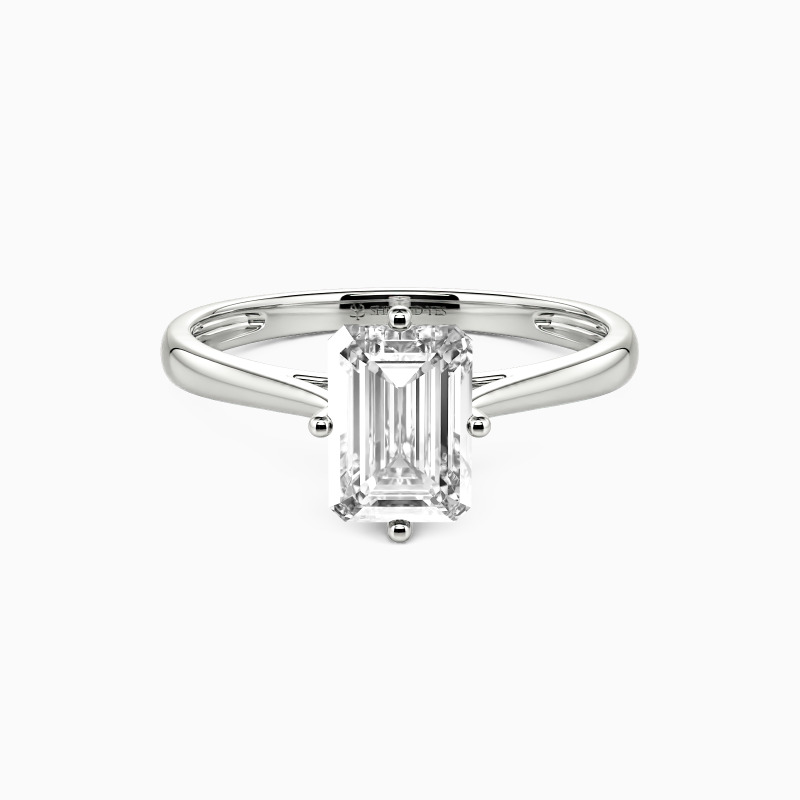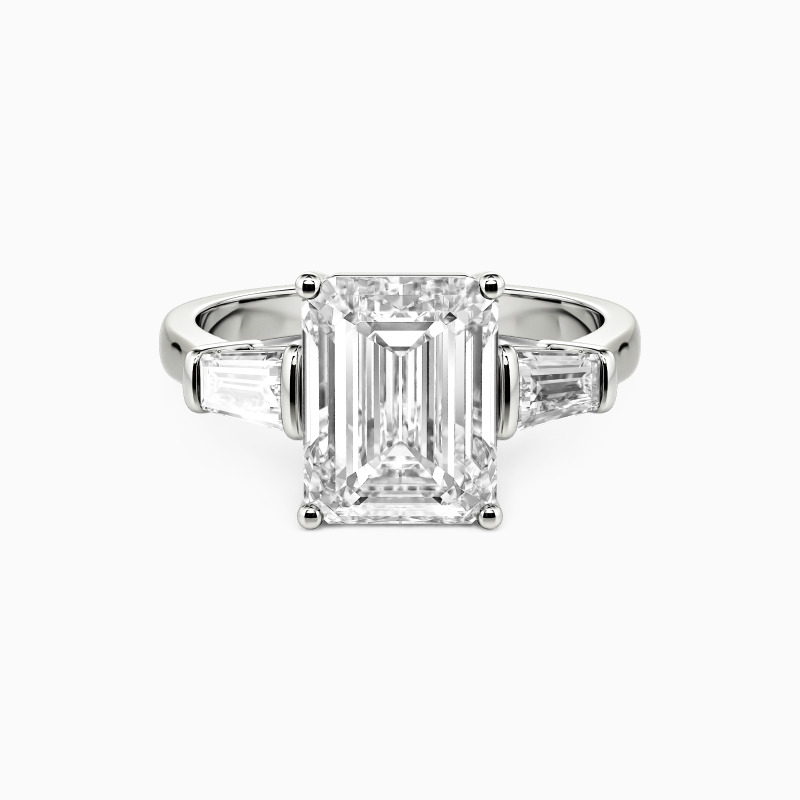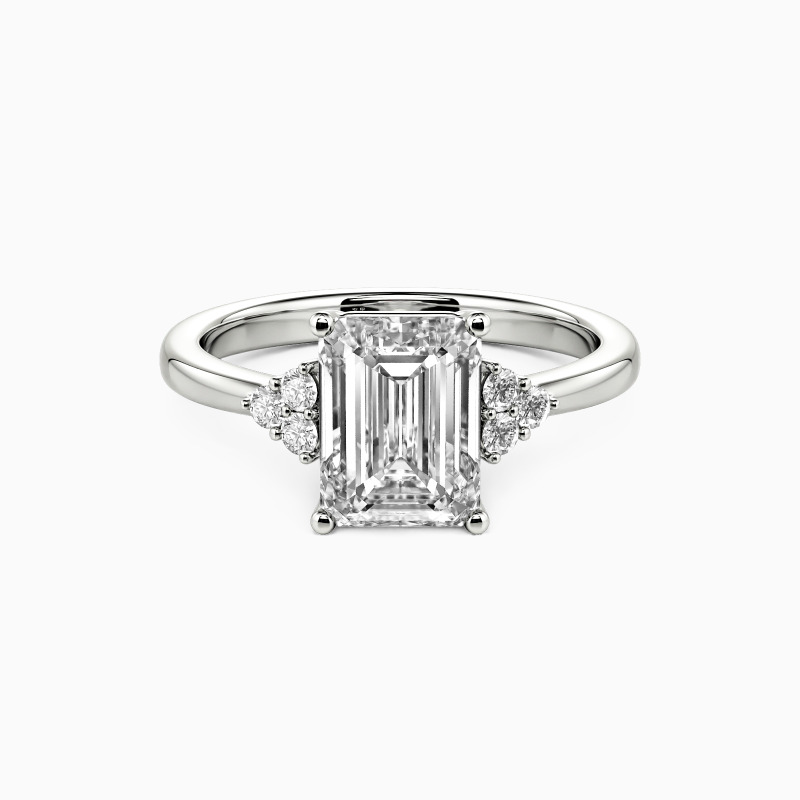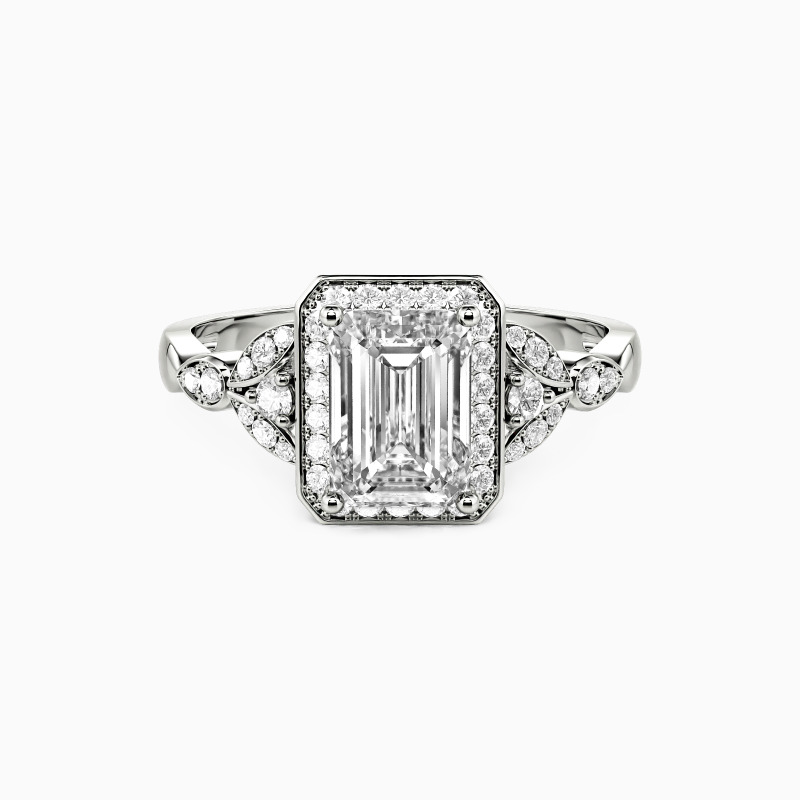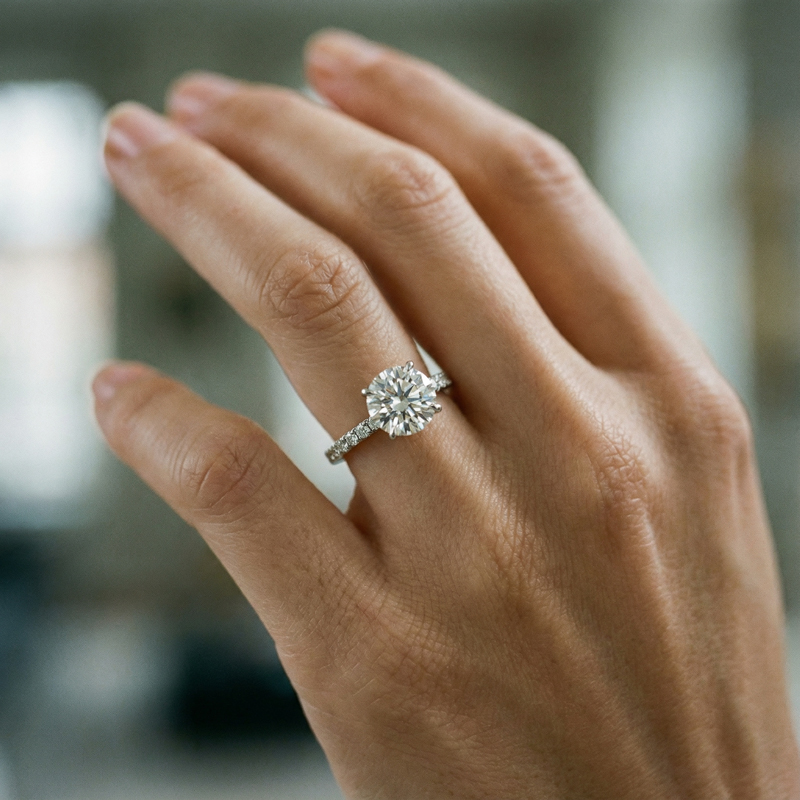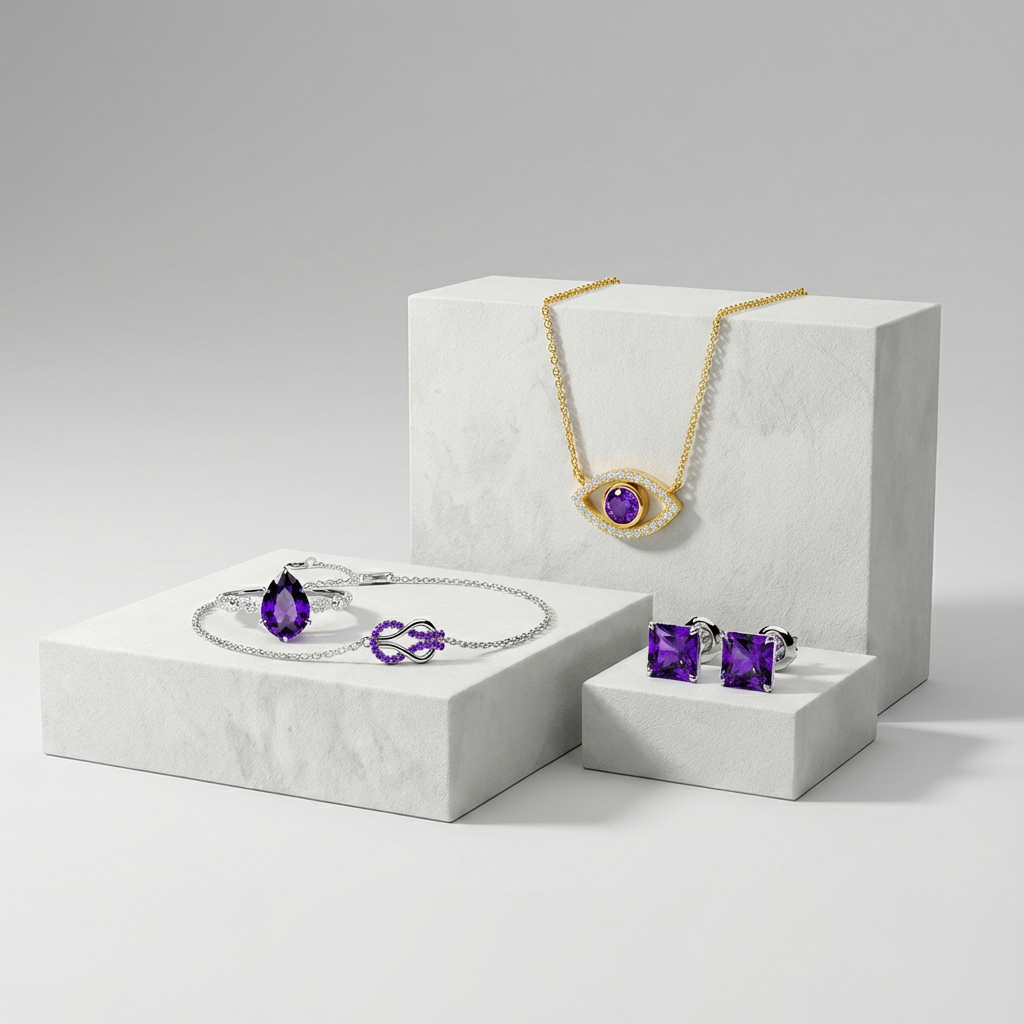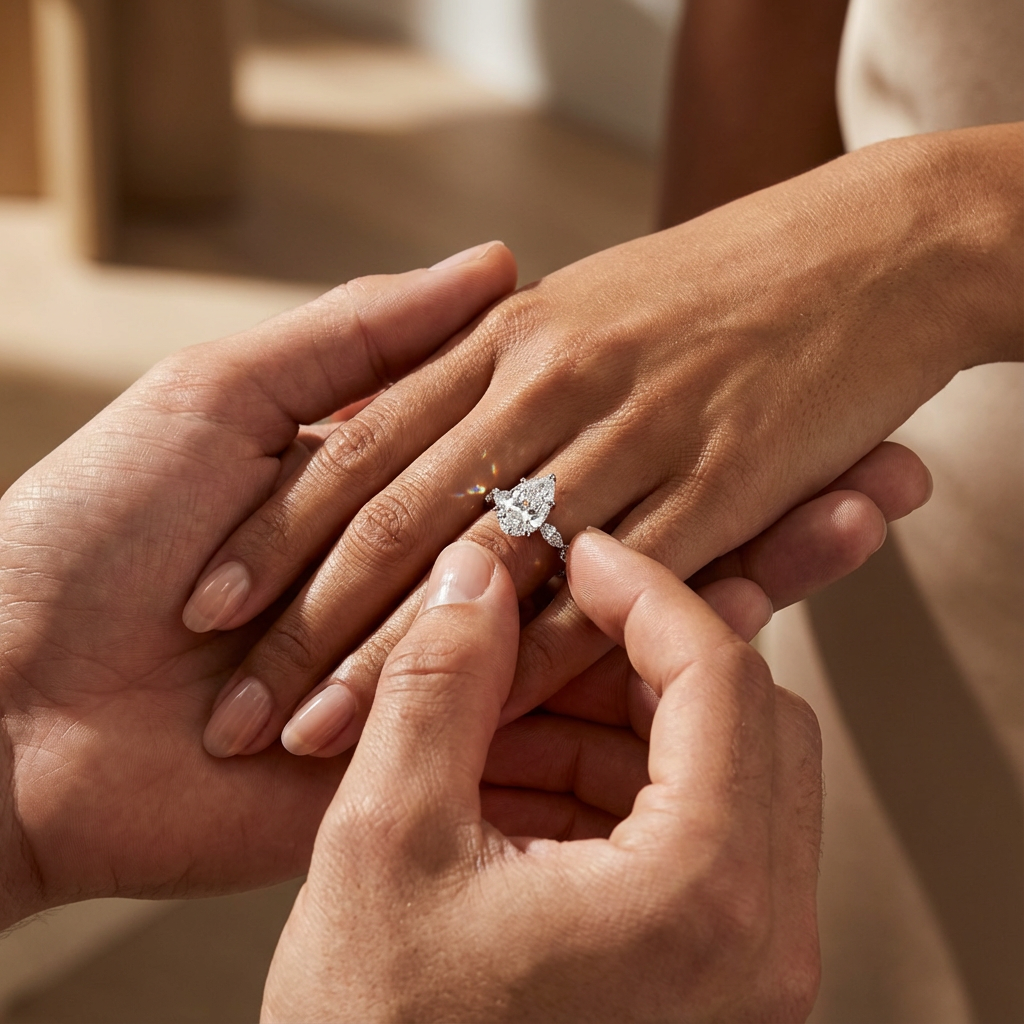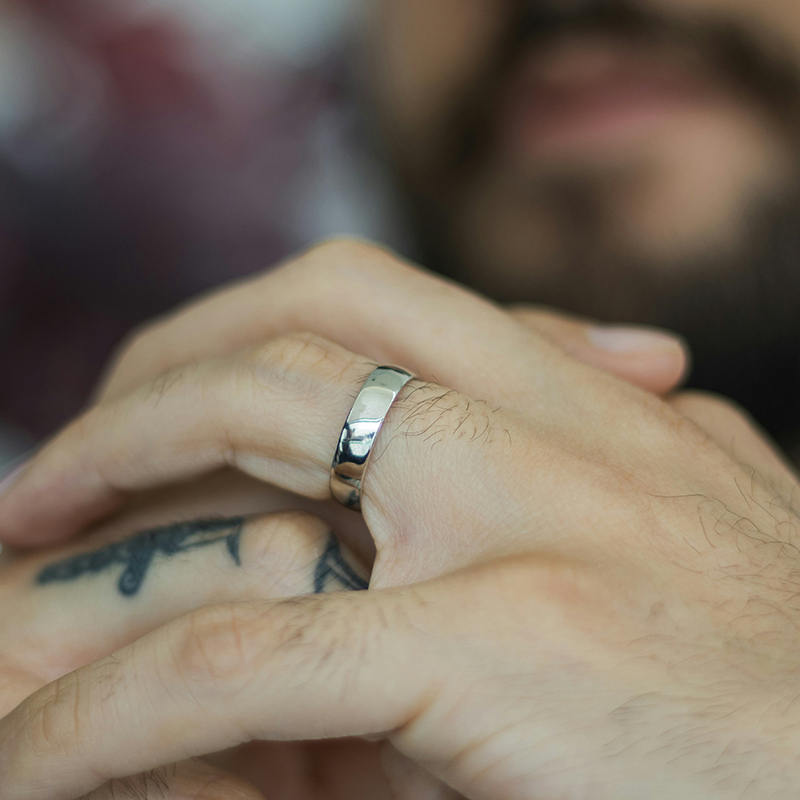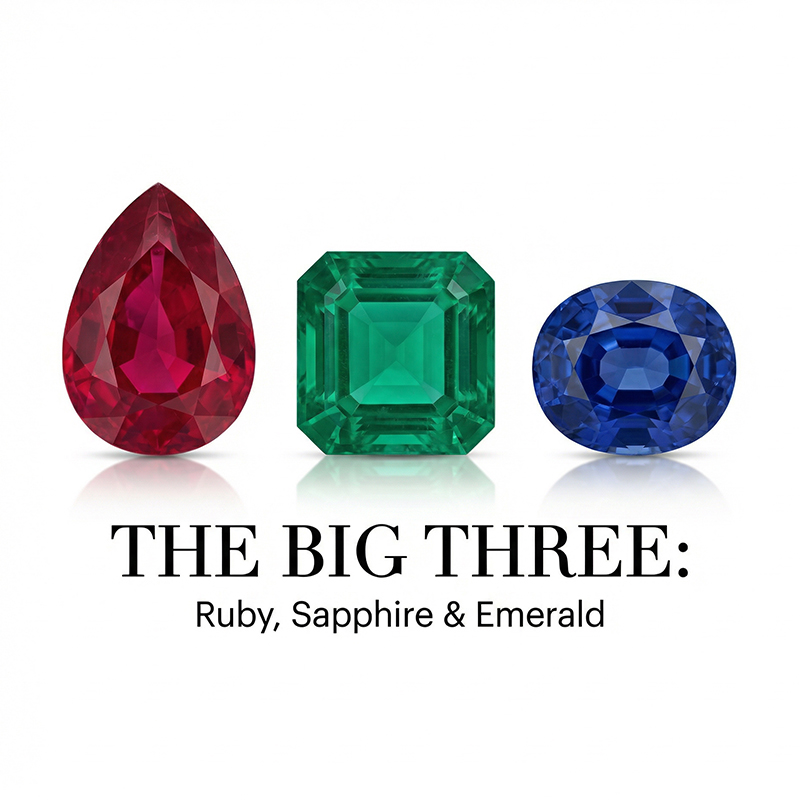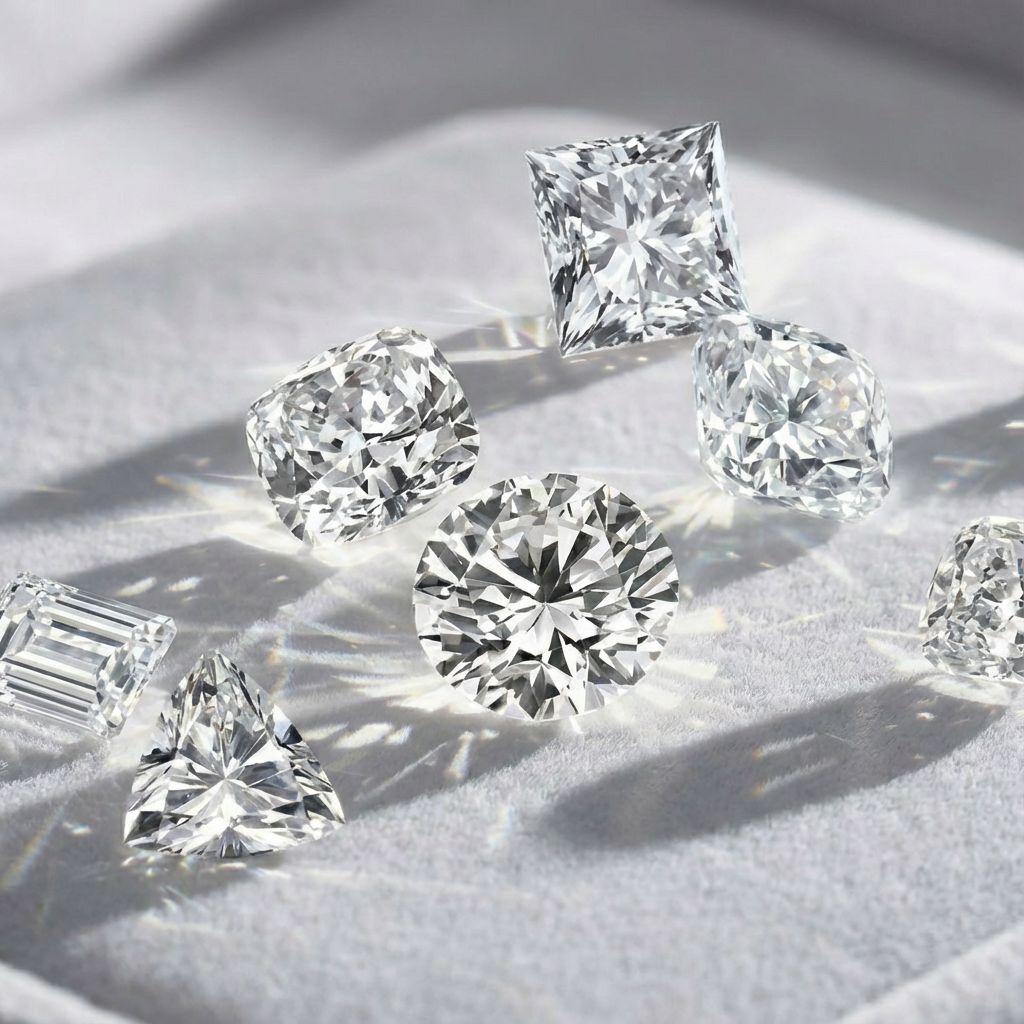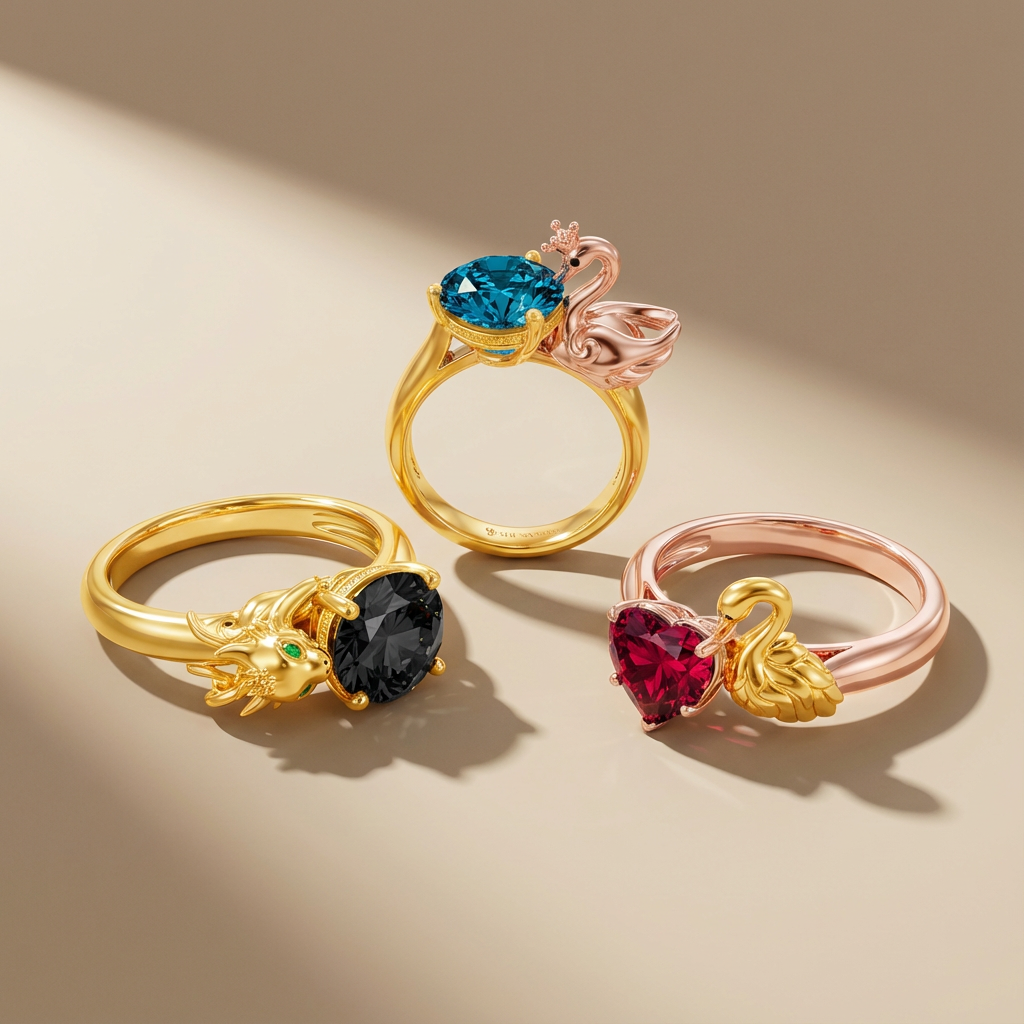When it comes to engagement rings, few styles capture timeless sophistication like emerald-cut engagement rings. With their clean lines, elegant step-cut facets, and understated brilliance, these rings have graced the hands of style icons and brides-to-be for decades. Unlike the fiery sparkle of round brilliants, emerald cuts offer a distinct, hall-of-mirrors effect that exudes refined luxury.
Whether you’re drawn to their vintage charm or modern geometric appeal, emerald-cut engagement rings make a bold yet tasteful statement. In this guide, we’ll explore everything you need to know—from their unique characteristics and ideal settings to expert buying tips—so you can choose the perfect ring with confidence.

What Are Emerald-Cut Engagement Rings?
Emerald-cut engagement rings feature a rectangular step-cut diamond with cropped corners and parallel facets, creating a mesmerizing “hall of mirrors” effect. Unlike brilliant cuts that prioritize sparkle, the emerald cut emphasizes clarity and elegance through its elongated table and clean lines. This sophisticated cut typically has a length-to-width ratio between 1.30 and 1.50, offering flexibility for those who prefer a more square or slender look.
History & Evolution:
Originally developed in the 1500s to protect fragile emeralds during cutting, this style was later adapted for diamonds in the Art Deco era (1920s-1930s), when geometric designs dominated jewelry. Its resurgence in modern engagement rings can be attributed to celebrities like Beyoncé (18-carat emerald-cut diamond) and Amal Clooney, who elevated its status as a symbol of understated glamour.
Why the Name?
Despite being popular for diamonds, the term “emerald cut” stuck because it was first used for emerald gemstones. The cut’s broad, open facets reduce pressure during polishing—a practical solution that became a signature aesthetic.
Why Choose an Emerald-Cut? (Pros & Cons)
Emerald-cut diamonds offer a distinctive elegance that sets them apart from other diamond shapes. While they may not suit every buyer’s preferences, their unique characteristics make them a compelling choice for those seeking sophistication and understated glamour.
Key Advantages
- Timeless Sophistication
Emerald cuts exude refined elegance with their clean lines and symmetrical step-cut facets. Its architectural beauty also ensures it never goes out of fashion.
- Flattering Elongation & Size Perception
The rectangular shape creates a slimming effect on the finger, making hands appear more graceful. Additionally, the emerald cut’s shallow depth and large table make it appear 15-20% larger than a round brilliant of the same carat weight—ideal for maximizing visual impact.
- Unique Light Performance
Unlike the intense sparkle of brilliant cuts, emerald cuts produce a hall-of-mirrors effect, with broad flashes of light rather than scattered brilliance. This gives the diamond a sleek, polished look that appeals to those who prefer subtle radiance over fiery sparkle.
- Versatile Setting Options
Emerald cuts work beautifully in:
- Classic solitaires (highlighting the diamond’s clean lines)
- Three-stone rings (paired with tapered baguettes for a geometric look)
- Side-stone designs (complemented by round or princess-cut diamonds)
- Halo or vintage designs (enhancing its Art Deco appeal)
Important Considerations
- Clarity & Color Requirements
Due to their large, open facets, emerald cuts reveal inclusions more easily than brilliant cuts. For optimal appearance:
- Clarity: VS1 or higher recommended (especially for stones over 2 carats)
- Color: While near-colorless (G-H) grades are ideal for platinum/white gold settings, warmer tones (J-K) can complement yellow or rose gold beautifully. That said, higher color grades (D-F) will still appear bright and colorless in any metal setting.
- Less Sparkle Than Brilliant Cuts
If maximum fire and scintillation are priorities, a round or oval cut may be more appealing. Emerald cuts offer elegance over flash, with a more subdued, mirror-like brilliance.
- Prone to Chipping at Corners
The cropped corners are vulnerable to damage if not properly protected. Secure settings (such as V-prongs or bezels) are highly recommended, especially for active wearers.
Who Should Choose an Emerald Cut?
Ideal for:
- Lovers of minimalist, geometric designs
- Those who prioritize clarity and transparency in a diamond
- Buyers wanting a larger-looking stone per carat
- Vintage or Art Deco enthusiasts
May not suit:
- Those who prefer maximum sparkle (consider round or cushion cuts)
- Budget-conscious buyers (higher clarity demands can increase cost)
- Very active lifestyles (unless set in a protective style)
Styling & Care Tips
Emerald-cut diamonds require thoughtful styling and maintenance to showcase their elegance while ensuring long-term durability. Here are expert recommendations for getting the most from your emerald-cut engagement ring:
Setting & Design Considerations
- Protective Settings (Prioritizing Safety Without Sacrificing Style):
- V-Prong Corners: Specially designed to reinforce the emerald cut’s vulnerable edges while maintaining visibility of the diamond’s clean lines.
- Double Prongs: Provides extra security at each corner, ideal for larger stones or active wearers.
- Bezel or Half-Bezel: Offers the highest level of protection while creating a modern, streamlined look.
- Style Variations to Match Personal Taste:
- For Minimalists: A simple solitaire with high-polised band emphasizes the diamond’s geometric purity.
- For Vintage Lovers: Milgrain detailing or an Art Deco-inspired setting enhances its old-world charm.
- For Maximum Impact: A hidden halo or pavé band adds discreet sparkle without competing with the center stone.
- Side Stone Pairings:
Tapered baguettes or trapezoids complement the emerald cut’s geometry, while round or pear side stones create contrast for added sparkle.

Styling for Different Occasions
- Everyday Wear: Opt for low-profile settings to minimize snagging.
- Formal Events: Pair with emerald-cut eternity bands or delicate stackable rings for added glamour.
- Mixed Metals: For versatility, choose two-tone settings (e.g., white gold prongs with a yellow gold band).
- Pro Tip: The emerald cut’s elongated shape pairs exceptionally well with French or square manicures, which accentuate its linear beauty.
Daily Care & Maintenance
- Cleaning:
Weekly soak in lukewarm water with mild dish soap; gently scrub with a soft-bristle toothbrush (focus on the underside where dirt accumulates). Never use ultrasonic cleaners – the vibrations can worsen existing inclusions in step-cut diamonds.
- Wear & Storage:
Remove during strenuous activities (gym, gardening) to prevent blunt force damage to the corners. Besides, store separately in a felt-lined compartment to avoid scratches from harder gemstones.
- Professional Checks:
Have prongs and settings inspected every 6 months to prevent stone loosening.
Final Thoughts
For those seeking a blend of timeless elegance and modern sophistication, emerald-cut engagement rings are an unforgettable choice. With their clean lines, mesmerizing “hall of mirrors” effect, and understated brilliance, these rings make a bold yet refined statement—perfect for those who value clarity and architectural beauty over excessive sparkle. Whether set in a minimalist solitaire or a vintage-inspired design, emerald-cut engagement rings offer a unique harmony of Art Deco heritage and contemporary style, ensuring they remain a symbol of enduring love for generations to come.

